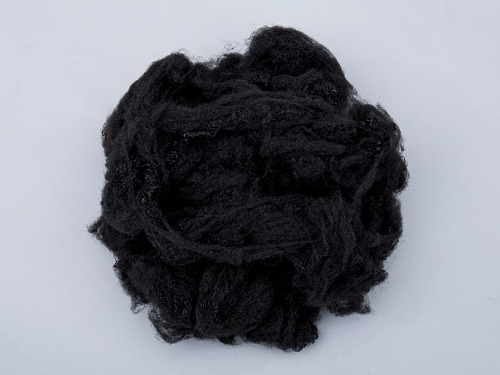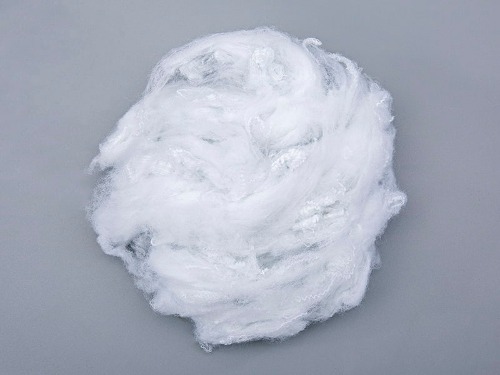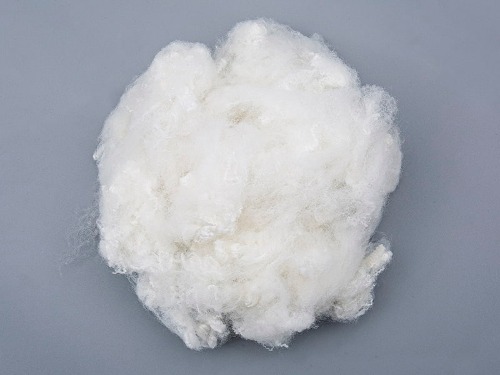 2025.05.15
2025.05.15
 Industry Information
Industry Information
Against the backdrop of the global automotive industry's transformation to safety, lightweight and sustainable development, technological innovation in interior materials has become the focus of the industry. With its unique flame retardant performance and excellent wear resistance, Polypropylene Nonwovens is gradually subverting the traditional automotive interior materials layout and becoming the core solution for car companies to optimize product performance.

The flame retardant ability of automotive interior materials is a key indicator for measuring vehicle safety. Polypropylene Nonwovens has formed a multi-layer flame retardant system through molecular structure modification and process optimization: its fiber substrate is wetted by a special flame retardant, and can quickly form a carbonized layer when exposed to open flames, blocking the conduction of oxygen and heat and delaying the spread of flames. According to the International Organization for Standardization (ISO) test data, the combustion rate of the interior parts using this material can be controlled below 100mm/min in vertical combustion tests, which is significantly better than traditional PVC leather (combustion rate is about 150mm/min) and fabric fabrics (about 200mm/min).
This feature is particularly important in high-frequency contact areas such as car seats, ceiling linings, and carpets. For example, after a European auto parts supplier applied Polypropylene Nonwovens to seat fabric, its products passed the rigorous test of FMVSS 302 (US Federal Motor Vehicle Safety Standard). In simulated cigarette butt ignition scenarios, the material did not continue to burn, which bought more time for the people in the car to escape. In addition, the material does not contain harmful substances such as halogen. The smoke toxicity index (SDR) during combustion is less than 15, which is far lower than the international environmental standards (SDR ≤30), reducing the risk of harmful gas release in fires.
Car interiors have long been facing challenges such as friction, squeezing, and aging, especially in high-frequency use scenarios such as online car-hailing and commercial vehicles, the material wear problem is more prominent. Polypropylene Nonwovens uses high-strength polypropylene fiber to form a three-dimensional mesh structure through needle puncture or spunbond technology. Its wear resistance is as high as 200,000 times without damage tested by Martindale wear resistant instrument (Martindale) and 2.5 times that of ordinary polyester fabric (about 50,000 times) and PU leather (about 80,000 times).
This characteristic makes it excellent in wear-prone areas such as seat support areas, door armrests, center consoles, etc. After a Japanese automaker used the material for seat fabrics of its compact models, it was proved that the surface of the material only showed slight bleaching, with a color retention rate of 92%, while the wear rate of traditional fabric fabrics exceeded 30% during the same period. In addition, the surface of the material can be treated with hydrophilic finishing or anti-static treatment to further improve the anti-fouling ability and reduce daily cleaning and maintenance costs, which meets consumers' needs for "maintenance-free interior".

The rise of Polypropylene Nonwovens is not only due to a single performance breakthrough, but also due to its comprehensive value improvement to the automotive industry chain:
1. Lightweight advantages: the material density is only 0.9-0.91g/cm³, which is more than 25% lighter than PU leather (about 1.2g/cm³), helping automakers achieve the lightweight goal of "reducing fuel consumption by 0.3-0.5L/100km for every 10kg weight loss";
2. Process compatibility: supports multiple processing technologies such as laser cutting, hot pressing, digital printing, etc., which can meet the personalized design needs such as curved surface molding and stitching simulation, and is widely used in customized interiors of high-end models;
3. Environmental protection and sustainability: The materials can be 100% recycled and reused, and the energy consumption in the production process is 18% lower than that of traditional textile processes, which is in line with the EU's "New Battery Law" and China's "dual carbon" policy orientation.
According to the 2023 report of Grand View Research, the global non-wovens market for automotive use has reached US$4.7 billion, of which the flame-retardant and wear-resistant Polypropylene Nonwovens has an annual compound growth rate of 9.2%, and is expected to account for more than 35% in 2030. At present, mainstream car companies such as Toyota, Volkswagen, BYD have piloted the application of this material in some models, and the ceiling lining of Tesla Model 3 is the first to use 100% polypropylene non-woven fabric solution, marking the industry's recognition of this material has entered the stage of scale.
In the future, Polypropylene Nonwovens will deepen its development towards "functional integration": through nanocoating technology, materials can further integrate antibacterial (anti-bacterial rate ≥99%), far-infrared warmth (increased temperature increase rate 1.5℃/min), self-healing (scratch autonomous healing) and other functions; in combination with the trend of the Internet of Things, some companies are exploring the embedding of conductive fibers into non-woven fabrics, developing intelligent interior panels with touch sensing functions, and promoting the cross-field integration of "materials-electronics".
From upgrading safety performance to sustainable development practice, the application of Polypropylene Nonwovens is not only a technological innovation in automotive interior materials, but also a microcosm of the industry's transformation to "safety, durability and intelligence". With the deep integration of materials science and automotive engineering, this new material with flame retardant and wear-resistant characteristics will continue to reshape the driving experience of future automobiles and become one of the core competitiveness of global auto companies to seize the market initiative.
